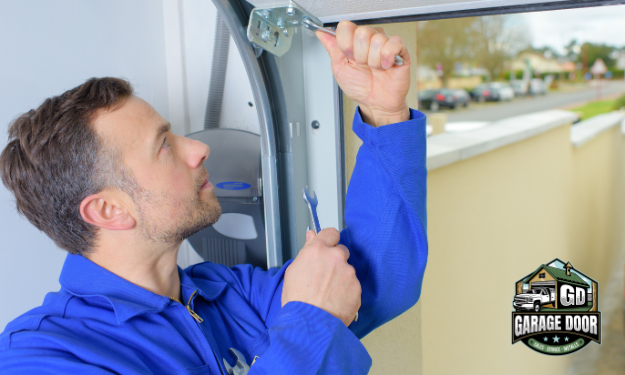Garage Door Installation
Your garage door is one of the most frequently used entrances to your home.
Garage Door Opener Replacement - Technology Integration: Smart garage door openers, remote control via mobile apps, integration with home automation systems.
- Brand and Manufacturer: Specific brands known for garage doors and openers (e.g., LiftMaster, Genie, Chamberlain, Clopay, Wayne Dalton).
- Training and Expertise: Certification and training of technicians, expertise in various door types and technologies.
- Safety Features: Auto-reverse mechanism, manual release, rolling codes for remotes, motion detectors, tamper-resistant brackets.



